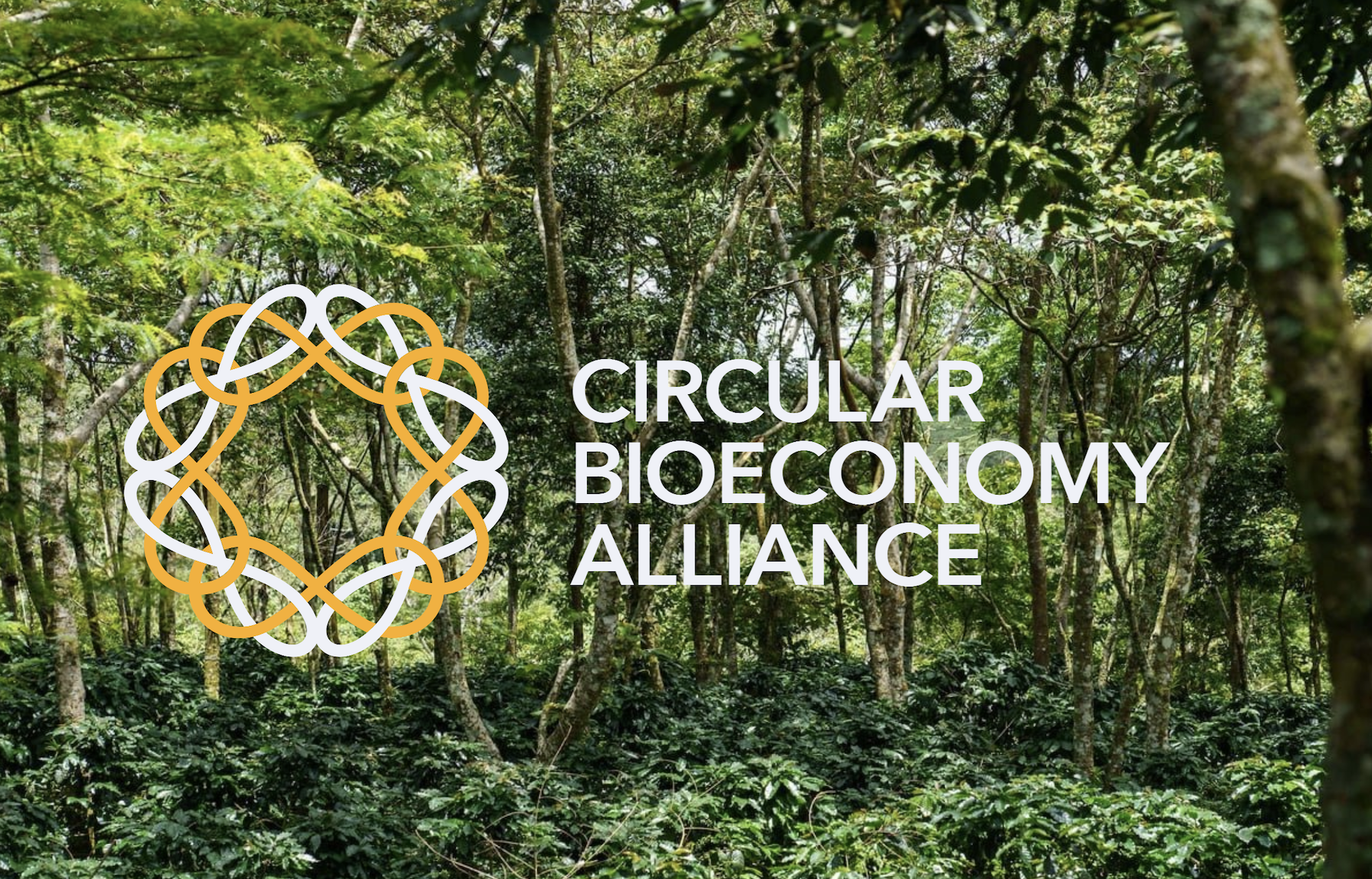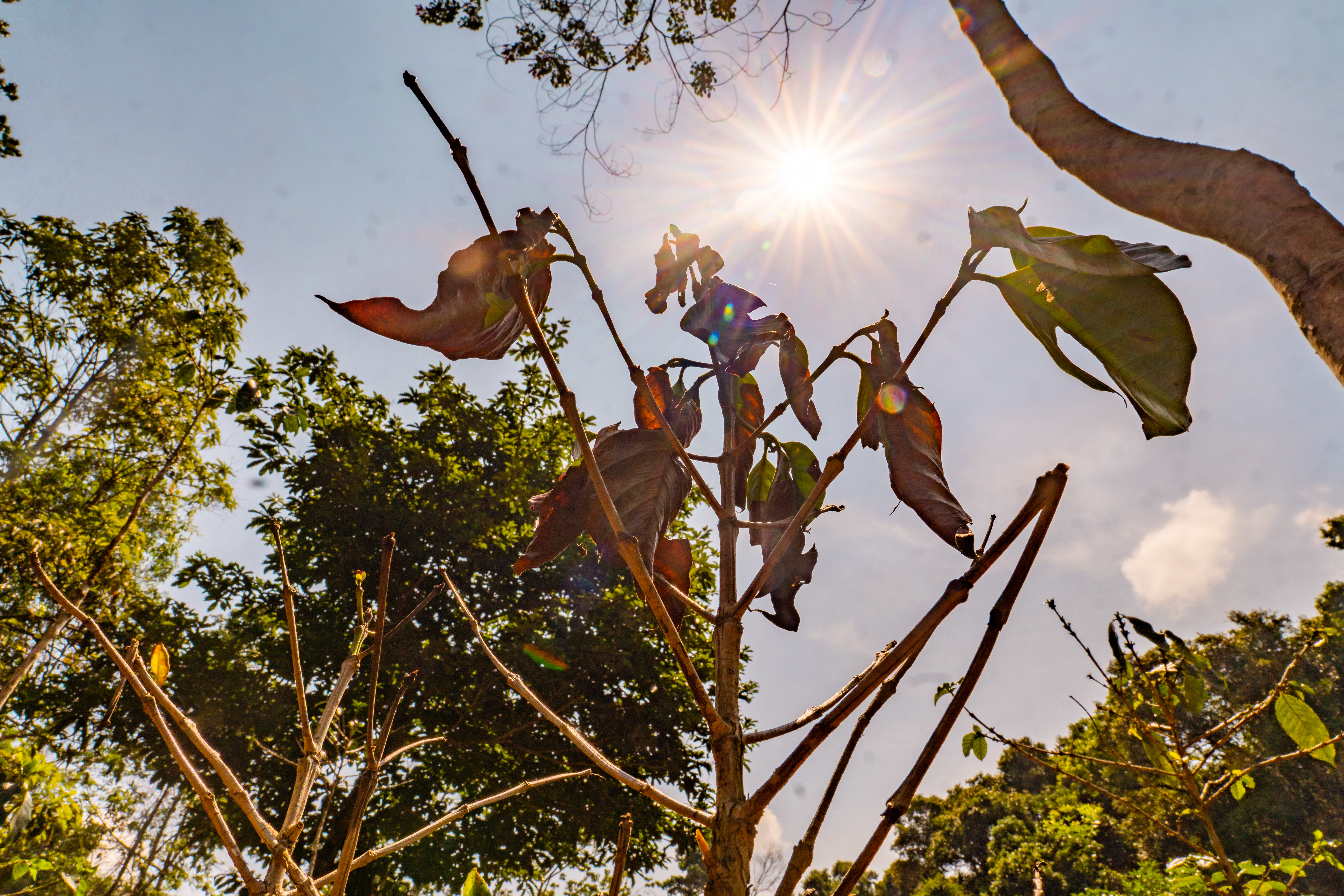Slow acquires African Coffee Roasters – A New Era for Sustainable Coffee
Big news from Slow. African Coffee Roasters is now part of the Slow family. And this isn’t just an acquisition—it’s a major step forward in how...
Coffee consumption has nearly doubled in the past three decades and shows no signs of slowing down. This has led to a growing demand for Arabica beans.
While Arabica’s natural sweetness and complexity make it a favourite for crafting high-quality brews, its growth potential in forest-like ecosystems aligns perfectly with our mission to transform coffee farming. At Slow, we’re not just growing coffee; we’re putting an end to deforestation, increasing canopy cover, and enhancing species diversity.
For every 100 tons of coffee sold, Slow regenerates 100 hectares of biodiverse agroforest—land that removes, rather than emits, greenhouse gases.
An Arabica farm in Nampod, Laos, before and after the transition to agroforestry practices.
Most industrial coffee farms operate as monocultures, growing coffee plants in exposed fields with little to no shade. This system maximises short-term yields but strips the soil of nutrients, depletes biodiversity, and leaves farms vulnerable to climate impacts.
Arabica offers a pathway to a better system. Thriving in shaded, humid, high-elevation environments, it’s perfectly suited for agroforestry. By interplanting coffee with trees and other vegetation, agroforestry restores ecosystems while maintaining productive farms.
The benefits are profound. Agroforestry:
-1.jpg?width=2000&height=1499&name=Slow%20buffer%20zone%20wildlife%20habitat%20Nampot%20farm%20(2)-1.jpg)
For farmers, transitioning to agroforestry unlocks additional benefits. They can grow complementary crops—like fruits, spices, or timber—alongside coffee. This diversification not only improves income stability but also strengthens resilience to market shifts and climate shocks.
Growing Arabica comes with challenges, especially as the planet warms. Climate simulations suggest that by 2050, up to half of the land currently used to grow coffee could become unsuitable. Research shows that Brazil, Vietnam, Colombia, and Indonesia—four of the top five coffee producers—are already seeing declines in their most suitable coffee-growing areas.
Arabica is particularly vulnerable. It’s sensitive to rising temperatures and diseases like leaf rust, a fungus that has wiped out entire harvests in some regions. Wild Arabica varieties, crucial for breeding resilient crops, are now endangered.
Relocating coffee farms to new regions is sometimes proposed as a solution. But this often means clearing forests, which disrupts ecosystems, destroys biodiversity, and contributes to greenhouse gas emissions. For millions of smallholder farmers, such transitions would uproot their livelihoods and destabilise communities.
At Slow, we believe the solution lies in building resilience, not relocating farms.
By replacing monoculture plantations with biodiverse agroforests, we’re addressing coffee’s environmental challenges head-on. Our approach focuses on ending deforestation, increasing canopy cover, and restoring degraded land—all while ensuring sustainable coffee production.
Arabica’s natural ability to grow under a forest canopy makes it ideal for this shift. In an agroforestry system, coffee grows alongside native trees and plants, creating landscapes that support biodiversity, regenerate soils, and capture carbon. This not only strengthens ecosystems but also helps secure the future of coffee farming.
With every 100 tons of coffee sold, Slow regenerates 100 hectares of biodiverse agroforest, removing carbon from the atmosphere and helping combat climate change.
For the past two years, global coffee demand has outpaced supply, with climate phenomena like La Niña intensifying pressure on production. If this trend continues, coffee could become an expensive luxury—or worse, lose the flavour and quality that make it so beloved.
The way forward is clear: end deforestation, replace monocultures with biodiverse systems, and equip farmers to adapt. By regenerating coffee plots with increased canopy cover and species diversity, we’re not just preserving Arabica—we’re ensuring a sustainable future for coffee farming and the planet.

Big news from Slow. African Coffee Roasters is now part of the Slow family. And this isn’t just an acquisition—it’s a major step forward in how...

A few years ago, coffee and chocolate were just products. But at Slow, we’re changing the story. We’re not just selling beans and cocoa, we’re...

For years, coffee prices moved with supply, demand, and speculation. That equation has changed.